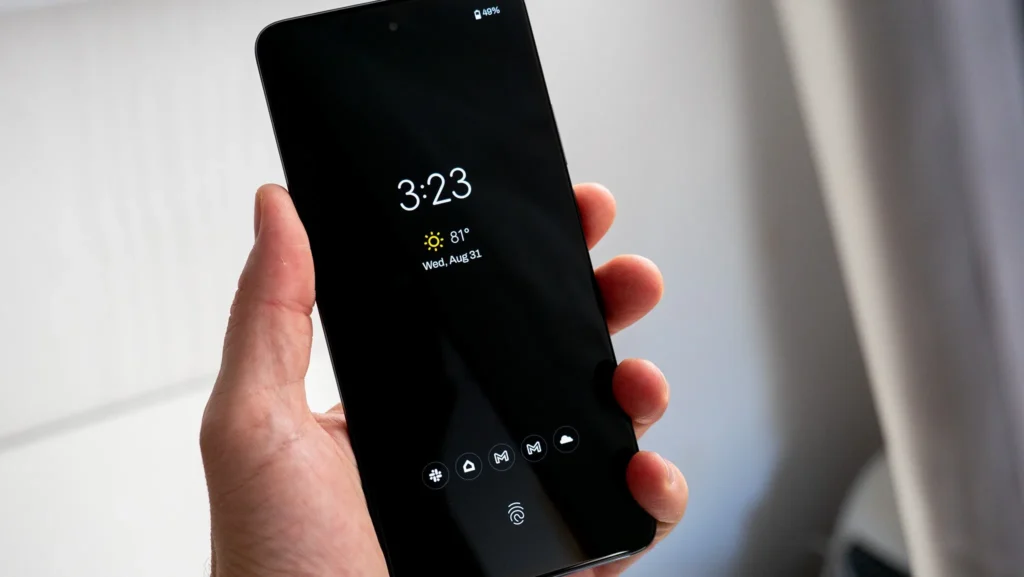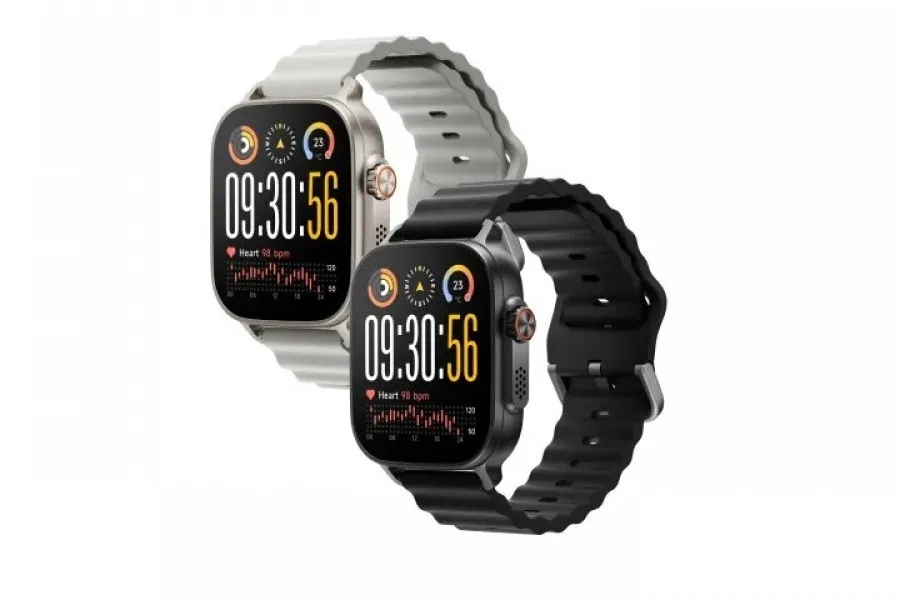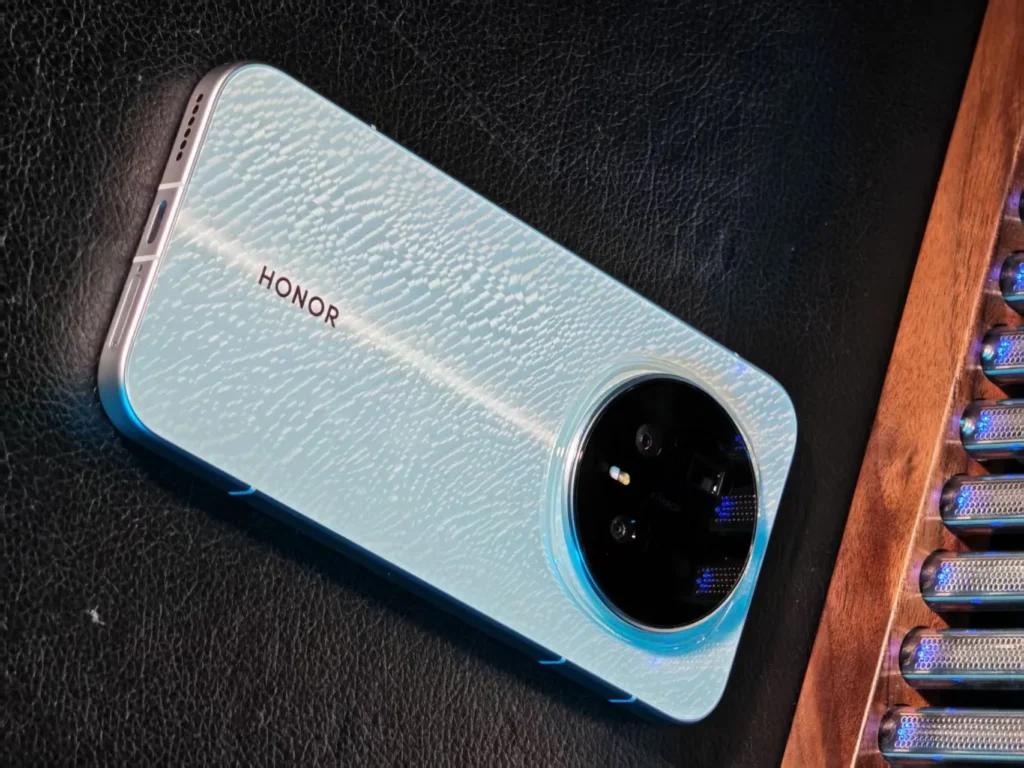Android 17: Google transforms the lock screen into a low-power interactive hub
Google is set to unveil a significant update to the Always-On Display (AOD) feature with Android 17. According to recent reports, the company is developing a feature called «Min Mode», which will convert the lock screen or inactive screen into a low-power interactive hub, capable of displaying real-time information from applications like Google Maps.
What is the «Min Mode» in Android 17?
Until now, the Always-On Display offered only basic information: the time, weather, notifications… useful, but static. With Android 17, Google aims to make it dynamic and context-sensitive.
Here’s how it works:
- When an application is active (like Maps or Spotify) and the user locks the screen or sets the phone down, the «Min Mode» will allow that application to take over the entire screen in a minimalist version — monochrome, subtle, and very energy-efficient.
- No worries about battery life: This mode utilizes the same energy-saving optimizations as the standard AOD: minimal brightness, reduced refresh rate, and display of only essential data.
Developers will need to design a special «Min Mode» interface to enable their applications to utilize this feature.
Google Maps: The first compatible application
According to Android Authority, Google Maps will be the first app to utilize the «Min Mode». Imagine having your phone set in a car mount, locked, while continuously displaying a simplified route in black and white, with arrows and directions, without draining the battery.
An interface designed for minimalism, perfect for use on the road or by your bedside.
Inspired by Apple?
It’s hard not to draw a comparison. Apple introduced Live Activities on the lock screen of iOS and the «StandBy» mode, which transforms an iPhone into a mini information screen when charging.
The «Min Mode» is Google’s answer, but in a more flexible version: it doesn’t rely on a dock or charger. It activates as soon as the phone is inactive.
A New Tool for Developers
Google is preparing a dedicated API to allow developers to create «Min Mode» versions of their apps.
The possibilities are abundant:
- Sports apps: display workout statistics without waking the whole screen.
- Music players: minimalist controls and simplified album art.
- Smart home apps: live status updates for lights or connected cameras.
However, success will depend on one simple factor: maintaining simplicity. Too many animated elements or colors, and the «Min Mode» could quickly become a battery drainer.
Battery: The Decisive Factor
The appeal of the «Min Mode» hinges entirely on its low energy consumption. If Google enforces strict guidelines (monochrome display, slow refresh rates, essential data only), it could become one of the standout features of Android 17. Otherwise, it might just be a prettier way to deplete the battery faster.
Ultimately, the «Min Mode» could provide new purpose to the Android lock screen. No more just showing the time; instead, an intelligent, contextual, and customizable screen that adapts to what you’re doing.
Its effectiveness will depend on the discipline of developers. If Google properly manages this new feature, Android 17 may deliver the most practical and energy-efficient version of the AOD yet.
In short: your “sleeping” phone has never been more alert.




